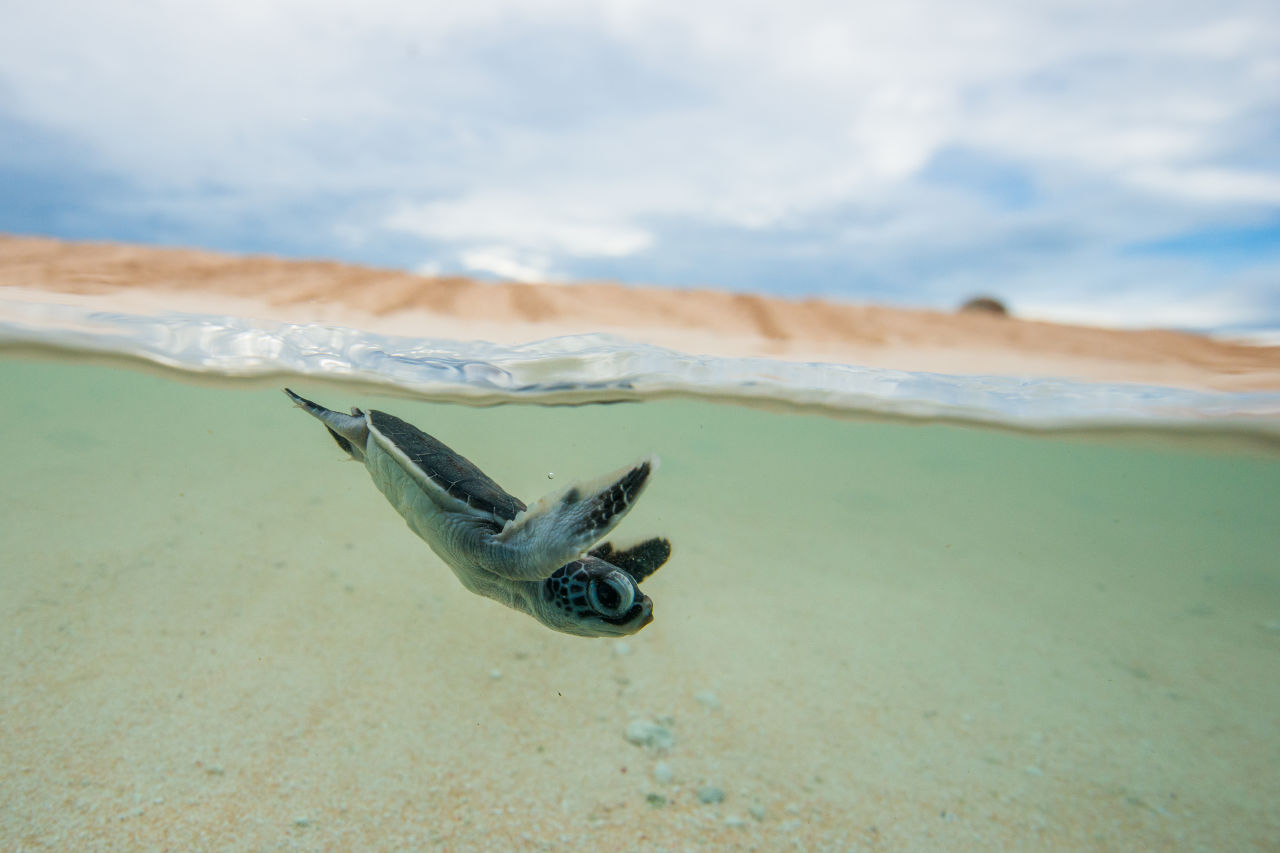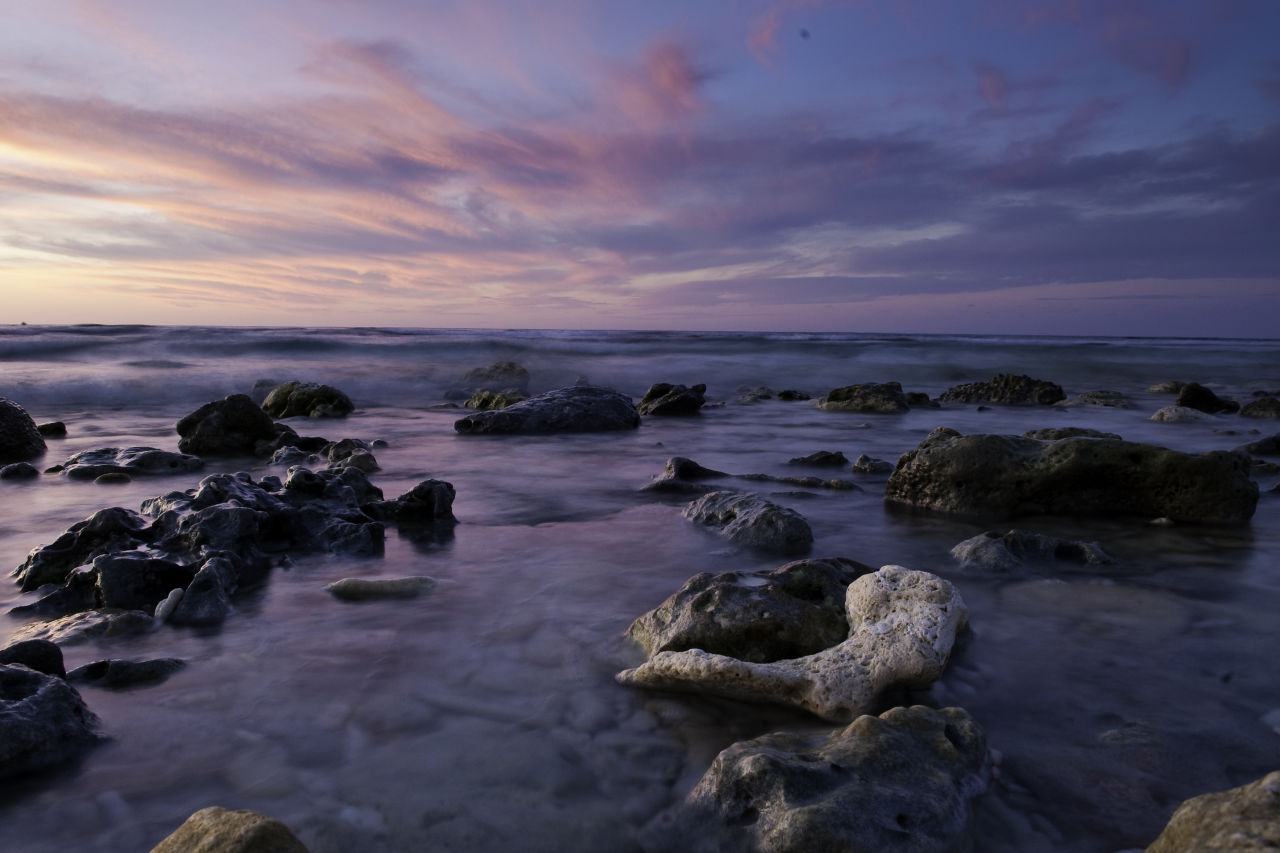People of the Reef ·
Gary Cranitch: ‘The Great Barrier Reef is an inter-connected web of wonder’
He’s won a prestigious Eureka Prize for his photography, published multiple books, excavated long-lost warships and explored more of the Great Barrier Reef than most people could ever dream of. But despite his broad list of achievements, photographer Gary Cranitch says his focus is laser sharp – to inspire as many people as he can to save our natural spaces, above and below the waves.

Gary Cranitch has spent 32 years photographing the Great Barrier Reef. With an average of around 150 days a year spent on location, he’s spent countless hours exploring its pristine beaches and turquoise waters. He’s visited places that only a handful of people have ever experienced – Osprey Reef, Lizard Island and critically important but isolated sites like Raine Island, which is the largest remaining turtle rookery in the world.
For the past 40 years, Gary’s worked for Queensland Museum, documenting everything from frogs to priceless artefacts through the lens of his camera. He joined the museum in 1983 as a photographic assistant and spent the first seven years working in the darkroom, processing film and printing black and white images
In 1990 he was sent to photograph the excavation of HMS Pandora – the British Royal Navy warship dispatched to the South Pacific in pursuit of the infamous Bounty mutineers – which sank in 1791 on the far northern Great Barrier Reef, about 140km east of Cape York.
“It was a pivotal time in my career,” Gary says. “That very first time breaking the surface of the water and seeing things I had only dreamt about had a lasting impression on me.
“Since then, my affinity for water has been a constant throughout my career. The Great Barrier Reef is such a complex inter-connected web of wonder that the more you learn about it, the more you realize there’s so much we don’t know.”

Gary's work often captures the unique biodiversity of the Great Barrier Reef. Credit: Gary Cranitch, Queensland Museum

He is one of very few people to have spent time on Raine Island, the largest remaining turtle rookery in the world. Credit: Gary Cranitch, Queensland Museum

Gary's photos capture magical moments above and below the waves. Credit: Gary Cranitch, Queensland Museum
Gary says his greatest personal achievement is winning the Eureka Prize for Science Photography in 2015.
“This close-up image of an undescribed soft coral species reminded me just how much more we need to learn about the Great Barrier Reef,” he says.
“Or perhaps it is this; One day I was on a dive boat headed out to the Great Barrier Reef. I had my full dive kit on with my camera gear all set up. A young British tourist started chatting to me about how excited she was to visit the Great Barrier Reef. She then pulled a copy of my Discovery Guide to the Great Barrier Reef book from her backpack enthusiastically telling me this was a great book and something she will always treasure. I didn’t let on that the work was mine. Maybe this is far more important than any photography award!”

The image that won Gary the Eureka Prize for Science Photography in 2015. Credit: Gary Cranitch, Queensland Museum
What motivates Gary to continue to take photographs is, above all else, education.
“We have to do everything we can to protect the Reef and ensure its future,” he says.
“A single photograph can inspire, educate and ultimately change people’s minds, or at the very least influence their thinking. I have always tried to tell complete, multi-layered stories of the natural world through my photography.”

A close-up of a colourful mantis shrimp. Credit: Gary Cranitch, Queensland Museum
Gary’s latest book, Wetlands of Queensland, showcases the full breadth of Queensland’s aquatic habitats, from seagrass and sandflats at the tip of Cape York, to the spectacular waterfalls of the Gondwana Rainforests, and west to the vibrant yellow lakes at the fringe of the Simpson Desert.
Gary collected 17,000 images for the project, flying 75,000km in single engine Cessna and driving 50,000km across the state.
He says: “My latest collaboration with the Department of Environment and Science has this time taken me to even more far-flung places of Queensland. I still pinch myself some days when I realise how lucky I am. I never take these experiences for granted.”
You can purchase Wetlands of Queensland, as well as Gary’s other books including The Great Barrier Reef, at the Queensland Museum Shop and online shop.qm.qld.gov.au




